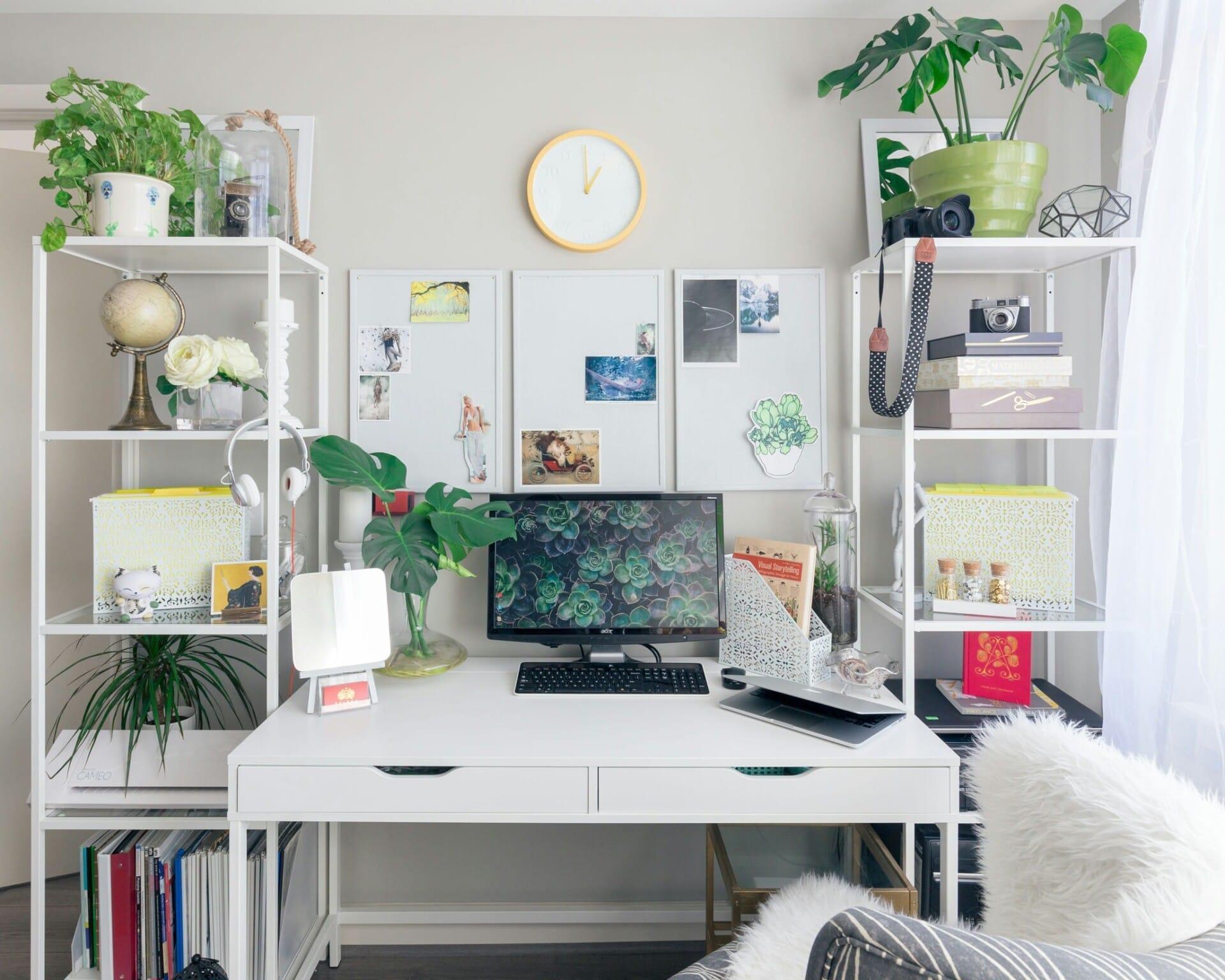In a country as diverse as Malaysia, where cultures, languages, and lifestyles come together in colorful harmony, it’s essential to embrace inclusivity in all aspects of life—including housing. Imagine a world where everyone, regardless of their physical abilities, can access homes designed with their needs in mind. Sounds like a dream, right? Well, that dream can become a reality through the concept of accessibility and universal design. In this article, we’ll explore why making our homes accessible isn’t just a nice-to-have but a must-have for a truly inclusive society. So, buckle up as we dive into the basics of universal design and uncover how it can help us build a community where everyone feels at home! 🔑♿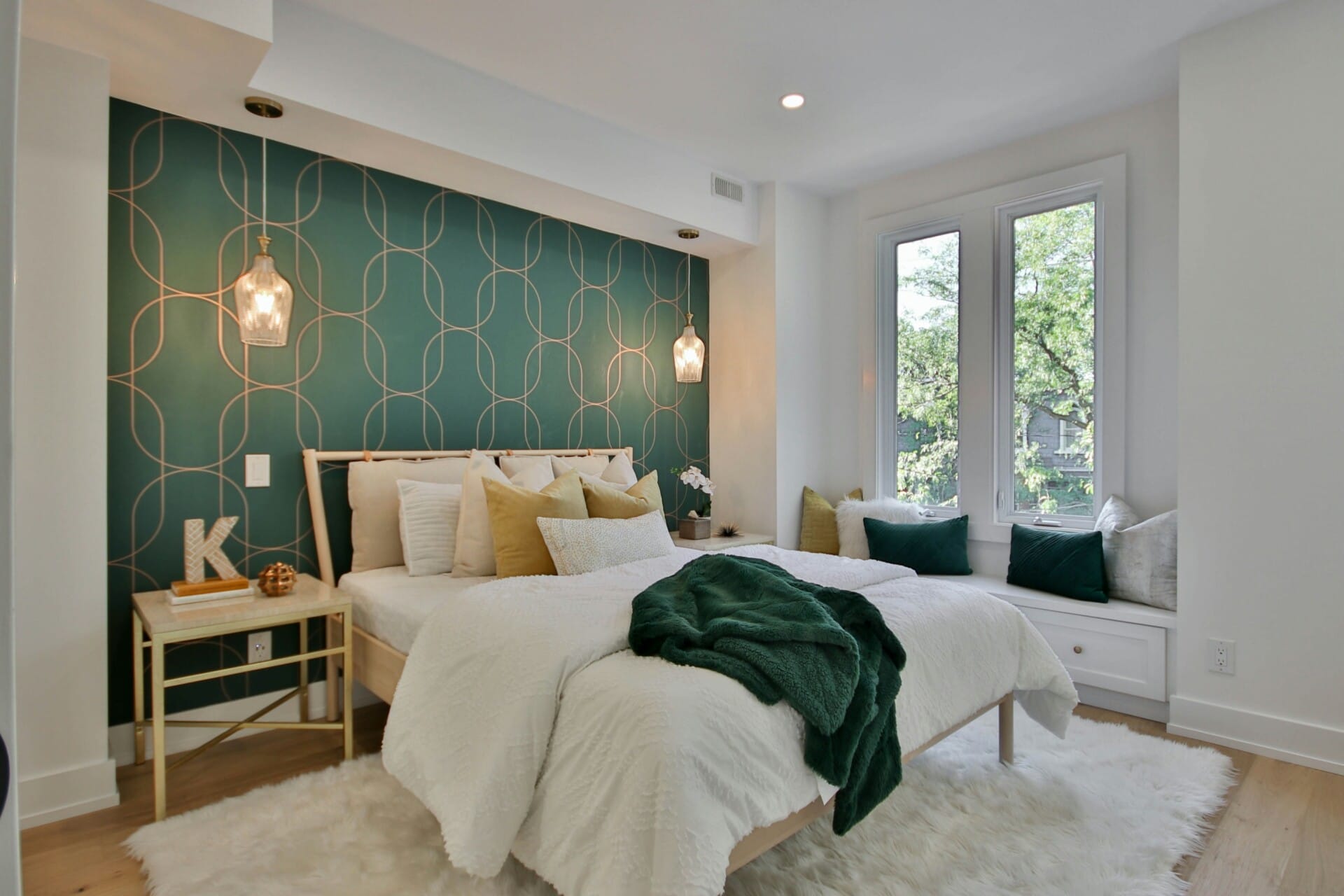
Exploring the Concept of Universal Design in Housing
Universal design is all about creating spaces that are welcoming and functional for everyone, regardless of their age or ability. In the context of housing in Malaysia, this means rethinking the traditional layout and accessibility features we often take for granted. By implementing universal design principles, we can make homes that adapt to the diverse needs of individuals, promoting independence and inclusivity.
Imagine a home where the entrance is easy to navigate, with no steps or narrow doorways to squeeze through. Think about features like wide hallways, lever door handles, and adjustable countertops that make life easier for everyone, especially older adults and those with disabilities. Key elements of universal design can include:
- No-step entrances – eliminating barriers from the get-go
- Flexible spaces – rooms designed to serve multiple purposes
- Natural lighting – ensuring light makes its way into every corner
To give you a clearer idea, take a look at this simple comparison table highlighting common features of traditional versus universally designed homes:
| Feature | Traditional Design | Universal Design |
|---|---|---|
| Doorways | Narrow, often hard to navigate | Wider, accommodating wheelchairs and strollers |
| Bathrooms | Standard layouts | Adaptable fixtures and grab bars for safety |
| Entry | Steps or uneven ground | Zero-step entries with ramps |

Understanding the Current State of Accessibility in Malaysia
In recent years, the conversation around accessibility in Malaysia has gained vital traction, yet there’s still a long journey ahead. Despite legislative frameworks like the Persons with Disabilities Act in 2008, awareness and implementation remain inconsistent across different states. Urban areas typically offer better accessibility features compared to rural locales, leaving many individuals at a disadvantage. It’s essential to understand that accessibility is not merely about compliance but is fundamentally about improving the quality of life for everyone.
Currently, the physical environment in most Malaysian cities presents several challenges, including:
- Inadequate public transport options
- Obstacles in pedestrian pathways
- Lack of accessible facilities in commercial spaces
These hurdles not only affect people with disabilities but also the elderly, parents with strollers, and anyone who may experience temporary impairments. Thus, inclusive designs that embrace accessibility benefit a wider population and enhance community interaction. By adopting a universal design approach, Malaysia can create spaces that cater to diverse needs seamlessly.
| Accessibility Features | Current Status |
|---|---|
| Ramps and Accessible Entrances | Limited availability in older buildings |
| Audio-Visual Aids in Public Transport | Not universally implemented |
| Accessible Restrooms | Common but often poorly maintained |
This snapshot highlights the critical need for consistent standards throughout the country. As Malaysia continues its urbanization, fostering a culture that prioritizes accessibility can make housing more inclusive. The emphasis should not just be on building structures but creating environments that truly welcome everyone.
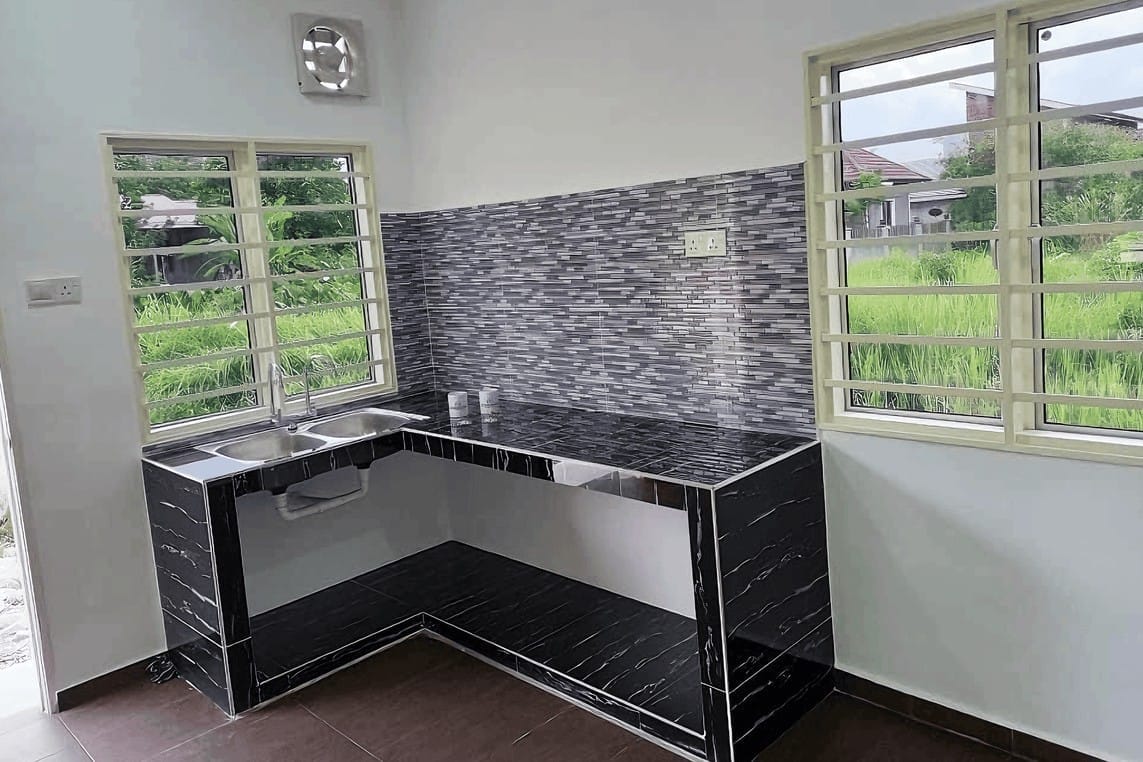
The Impact of Inclusive Housing on Communities and Individuals
When it comes to creating livable spaces, inclusive housing plays a pivotal role in shaping both communities and individual experiences. By fostering environments that embrace diversity, we see a ripple effect that enhances social cohesion and mutual respect. Inclusive housing means more than just having buildings that everyone can enter; it focuses on creating places where people of all backgrounds can thrive, interact, and build relationships. This integration can lead to stronger community ties, breaking down barriers that often segregate different groups.
For individuals, the benefits of inclusive housing are profound. Accessibility features empower people with disabilities, the elderly, and families with young children to enjoy their homes without limitations. Important elements include:
- Universal Design: Aesthetic yet functional layouts that cater to varying needs.
- Workforce Participation: Increased opportunities as people can access jobs and services more easily.
- Mental Well-being: Safe, welcoming environments promote happiness and social engagement.
Moreover, when we break down the barriers related to housing, we open the door to economic growth and cultural exchange. Communities that invest in inclusive environments often see an increase in property values and an attraction of diverse businesses. Here’s a quick comparison of areas with and without accessible housing designs:
| Feature | Accessible Housing Areas | Traditional Housing Areas |
|---|---|---|
| Community Engagement | High | Low |
| Economic Diversity | Diverse | Homogenous |
| Resident Satisfaction | High | Moderate |
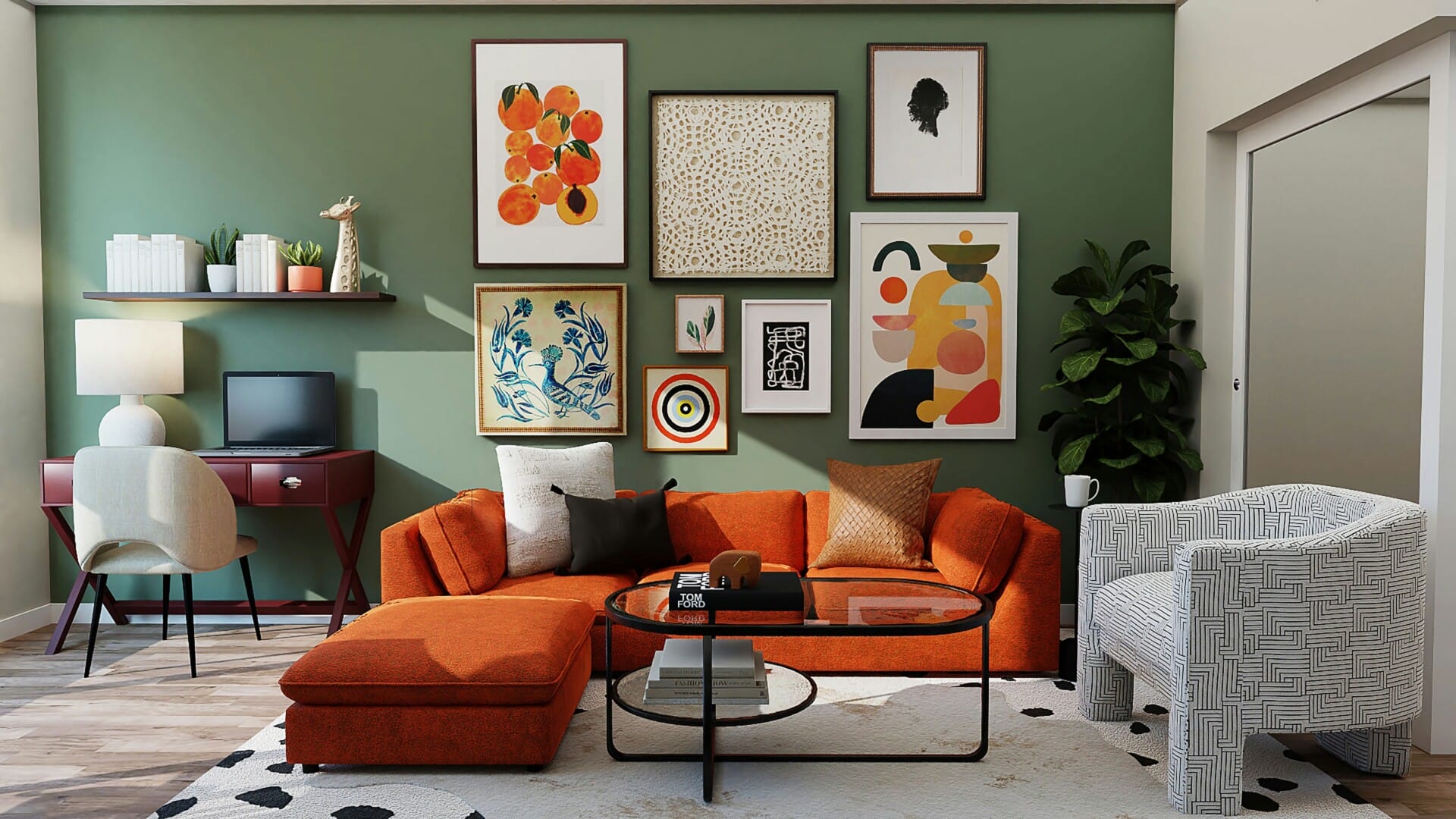
Key Principles of Universal Design for Residential Spaces
Universal design isn’t just a buzzword; it’s a philosophy that guides the way we create our living spaces. The core principles of this approach are meant to ensure that everyone, regardless of age, ability, or status, can navigate and enjoy their homes freely. By focusing on inclusivity, universal design transforms residential spaces from mere shelter into welcoming havens for all. A few of these key principles include:
- Equitable Use: Designs that are useful and marketable to people with diverse abilities.
- Flexibility in Use: The design accommodates a wide range of individual preferences and abilities.
- Simplicity and Intuitiveness: Easy to understand regardless of the user’s experience, knowledge, language skills, or current concentration level.
- Perceptible Information: Communicates necessary information effectively to the user, regardless of ambient conditions or the user’s sensory abilities.
Moreover, implementing features like barrier-free entrances, wide hallways, and adaptable living spaces can significantly enhance usability. It’s about creating environments where everyone, including those with mobility challenges, can thrive without obstacles. Think about grab bars in bathrooms or lever door handles instead of knobs, which can be especially beneficial for those with limited hand strength. These modifications help in fostering independence and harmony within the home.
Let’s not forget the importance of community input in this journey towards more accessible housing. Engaging residents in the design process can eliminate assumptions and lead to spaces that truly reflect the needs of those who live there. Feedback mechanisms and community workshops can pave the way for a deeper understanding of what accessibility looks like for different individuals, ensuring that the final designs are accommodating, practical, and truly universal.
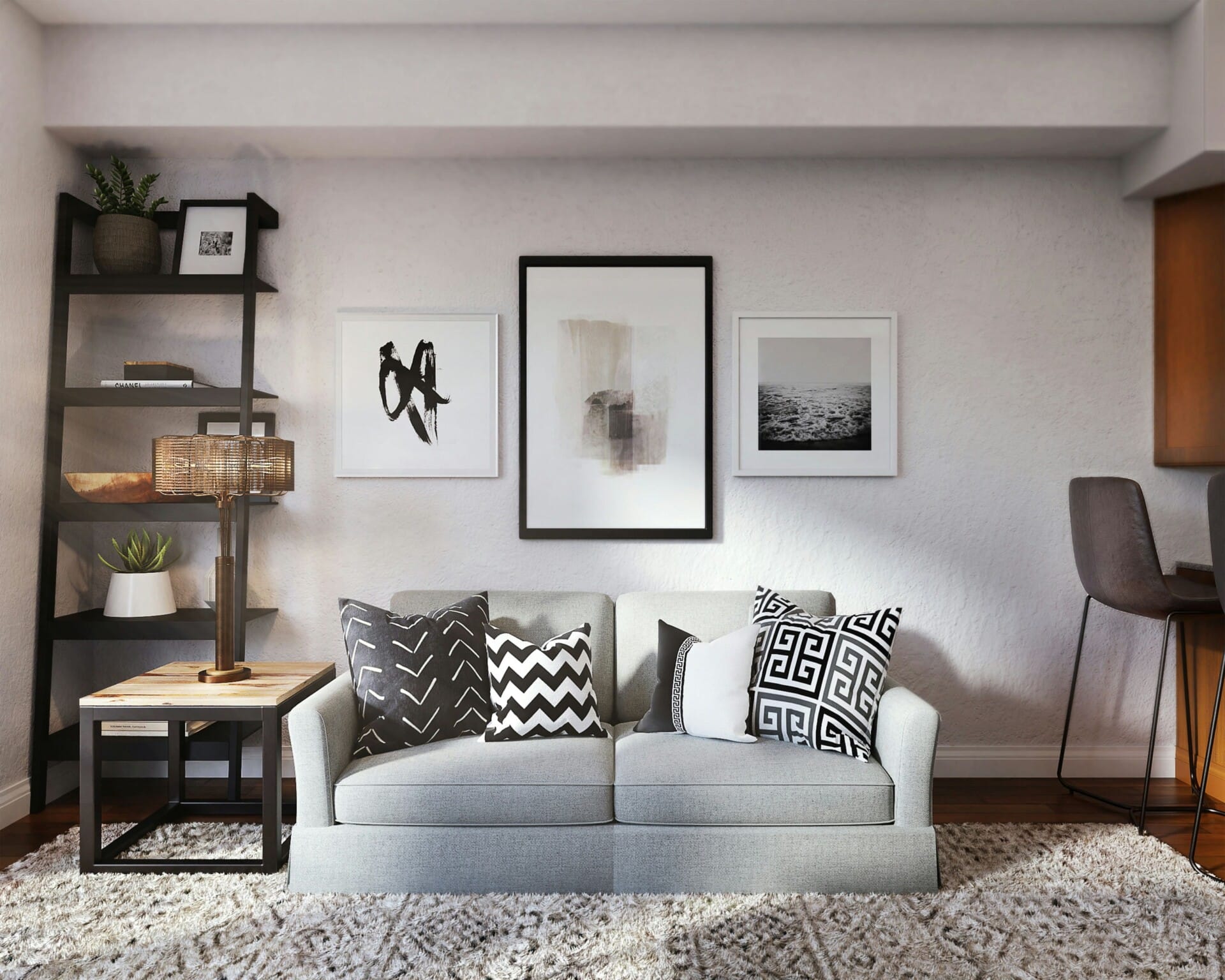
Innovative Solutions for Enhancing Accessibility in Homes
In a world where our homes should be our sanctuary, taking accessibility into account can completely transform daily living for many individuals. The integration of cutting-edge smart home technology is making waves in the way we perceive and implement accessibility features. Think about automatic door openers, voice-activated lights, or even smart appliances that can be controlled remotely. These are more than just cool gadgets; they provide real independence and ease for those with mobility challenges.
Approaching home design with universal accessibility in mind means considering the diverse needs of everyone. This includes creating spaces that can effortlessly transition for various users. Here are a few innovative design elements to consider:
- Wide doorways and hallways to accommodate wheelchairs.
- Lever handles instead of knobs for easier operation.
- Slip-resistant flooring to prevent falls.
- Adjustable countertops that cater to different heights.
the concept of modular furniture is gaining traction in the realm of accessible living. These multi-functional pieces allow for personalization based on individual needs and can be rearranged without hassle. Consider using a coffee table that can transform into a dining space or a sofa that converts into a bed. Such versatility not only maximizes space but also fosters an inclusive environment where everyone feels comfortable and welcomed. It’s all about rethinking how we create our living spaces to foster a community spirit where accessibility is inherent.
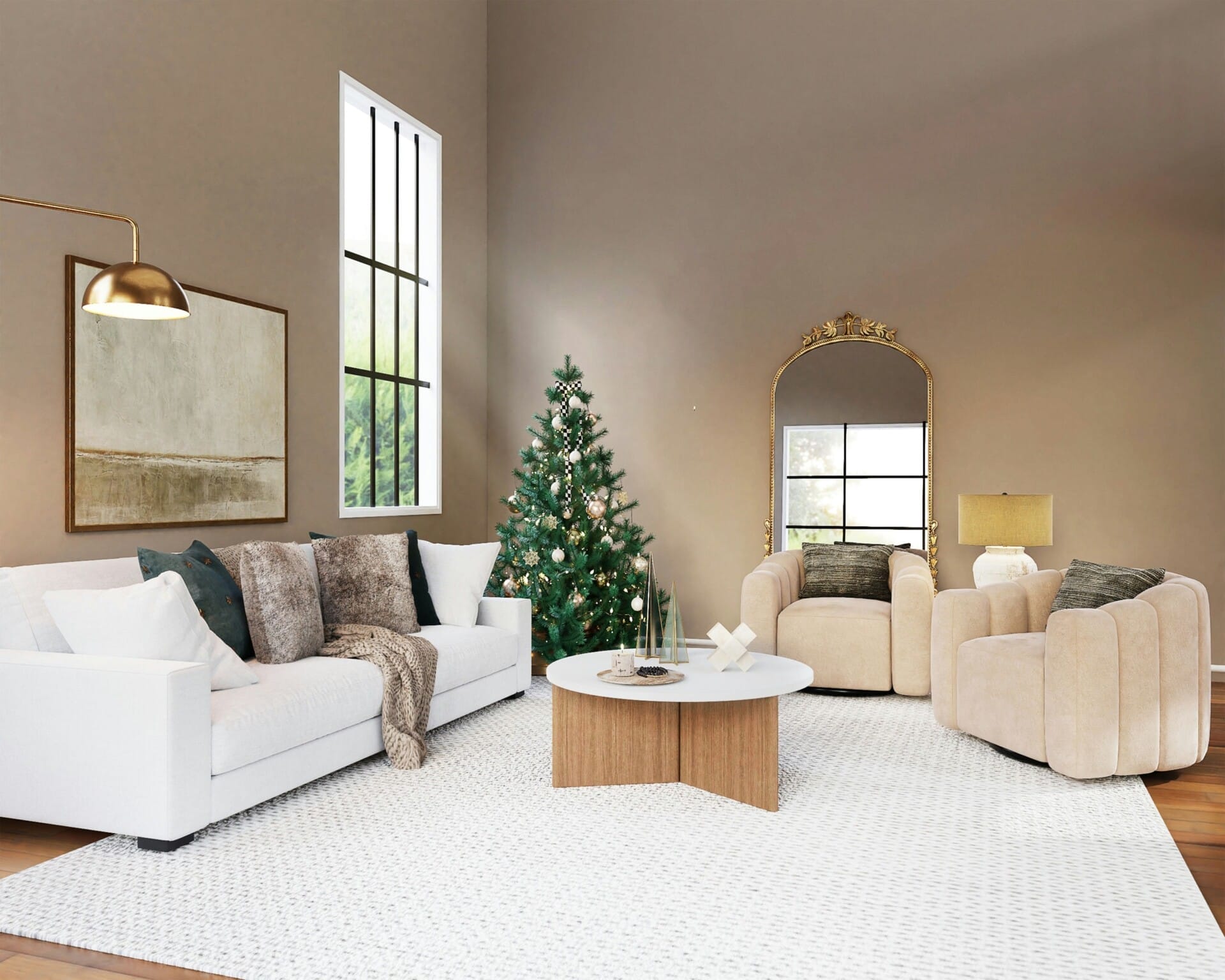
To truly foster inclusive housing development in Malaysia, it’s essential to implement policies that prioritize Universal Design principles. This means incorporating features that make homes adaptable for everyone, regardless of their age, ability, or circumstance. Such features could include wide doorways, level entrances, and accessible bathrooms. By establishing standards for compulsory universal design in new and renovated housing projects, the government can ensure that no one is left behind.
Additionally, incentivizing developers through financial grants or tax rebates for projects that meet specific accessibility criteria can drive the adoption of inclusive practices. This could be complemented by creating a rating system for properties that incorporate universal design elements. Accessible homes should not only be a regulatory requirement but also a celebrated choice, thus fostering a culture of innovation within the real estate sector.
| Incentives for Developers | Description |
|---|---|
| Tax Rebates | Reduce tax liabilities for developers committed to inclusive housing. |
| Grants | Financial support for projects that exceed baseline accessibility standards. |
| Recognition Programs | Award systems to celebrate innovation in inclusive design. |
Lastly, community engagement plays a pivotal role in the success of inclusive housing policies. Involving future residents in the design phase, especially those with disabilities or elderly individuals, can significantly enhance the effectiveness and applicability of the housing solutions. Hosting public forums and workshops can provide valuable insights into the specific needs of potential residents, ensuring that the housing developed truly reflects the community’s diversity and requirements.
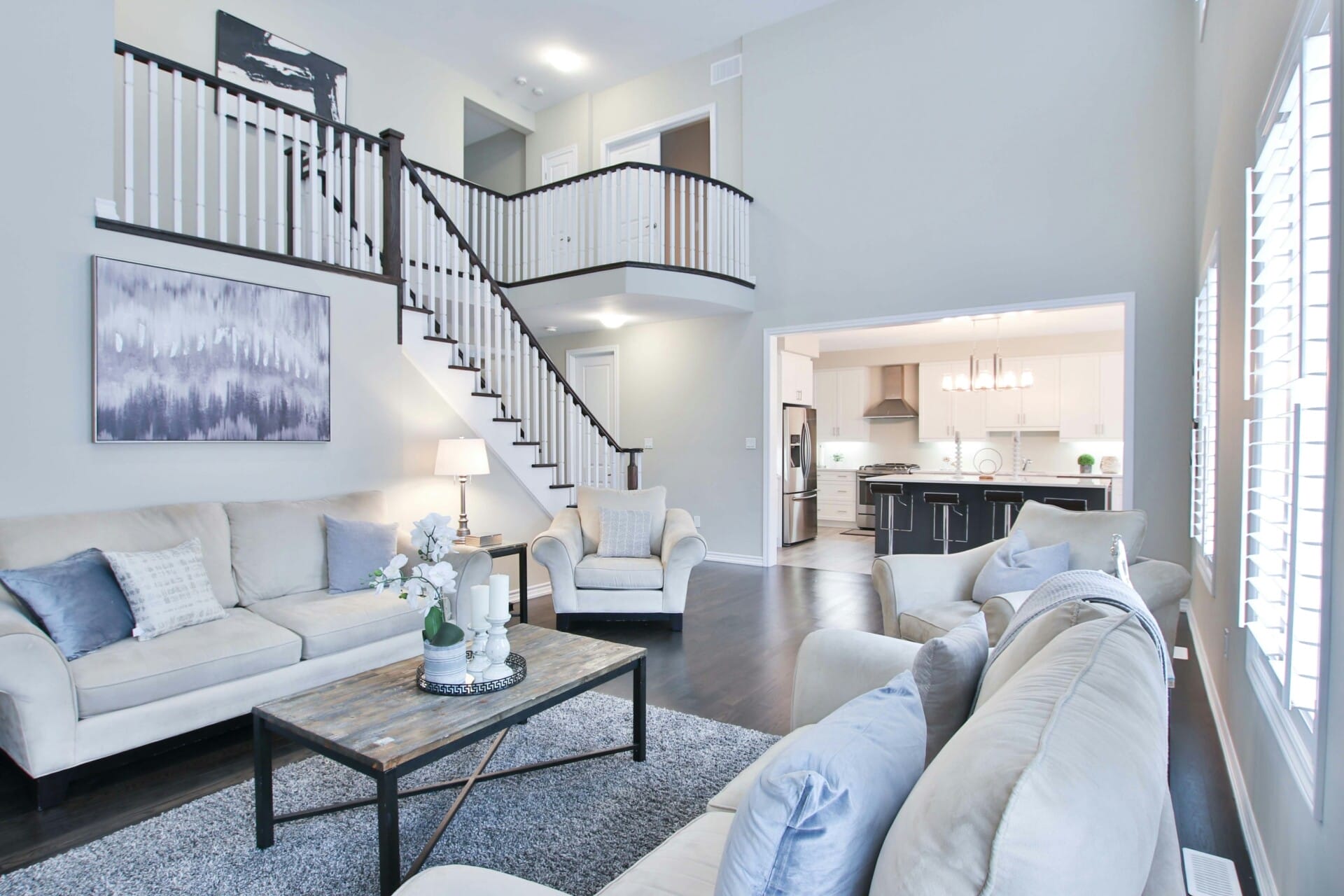
Empowering Stakeholders: Collaborating for Effective Implementation
To create a truly inclusive housing environment, it’s essential for all stakeholders to come together and share their perspectives. This collaboration can lead to the development of innovative solutions that prioritize accessibility and universal design, ensuring that everyone, regardless of age or ability, can enjoy safe and comfortable living spaces. Key stakeholders include:
- Government Agencies: They play a crucial role in establishing policies that govern building standards and accessibility requirements.
- Architects and Designers: These creative minds can integrate universal design principles into their projects, making spaces more user-friendly for everyone.
- Community Organizations: Representatives from these groups offer invaluable insights into the needs of diverse populations, including seniors and those with disabilities.
- Developers and Builders: Their willingness to adopt inclusive practices can significantly impact housing projects’ outcomes.
Working together means that these stakeholders can share resources, expertise, and ideas to foster an environment where accessibility is a priority. Regular workshops and brainstorming sessions can forge partnerships that nurture innovative thinking. Establishing a collaborative framework can assist in identifying common goals and potential barriers, ensuring everyone is on the same page. Utilizing tools like planning boards or online platforms can streamline this process, fostering open communication.
| Stakeholder | Role in Collaboration |
|---|---|
| Government Agencies | Policy formulation and enforcement |
| Architects and Designers | Implementation of universal design |
| Community Organizations | Advocacy and feedback |
| Developers and Builders | Execution of inclusive projects |
This cooperative approach not only draws on the strengths of each group but also promotes a deeper understanding of the challenges faced by individuals in securing accessible housing. By fostering a culture of inclusivity, stakeholders can better ensure that the principles of universal design are not merely an afterthought but the very foundation of housing policy in Malaysia. Collaboration today leads to a more accessible tomorrow!
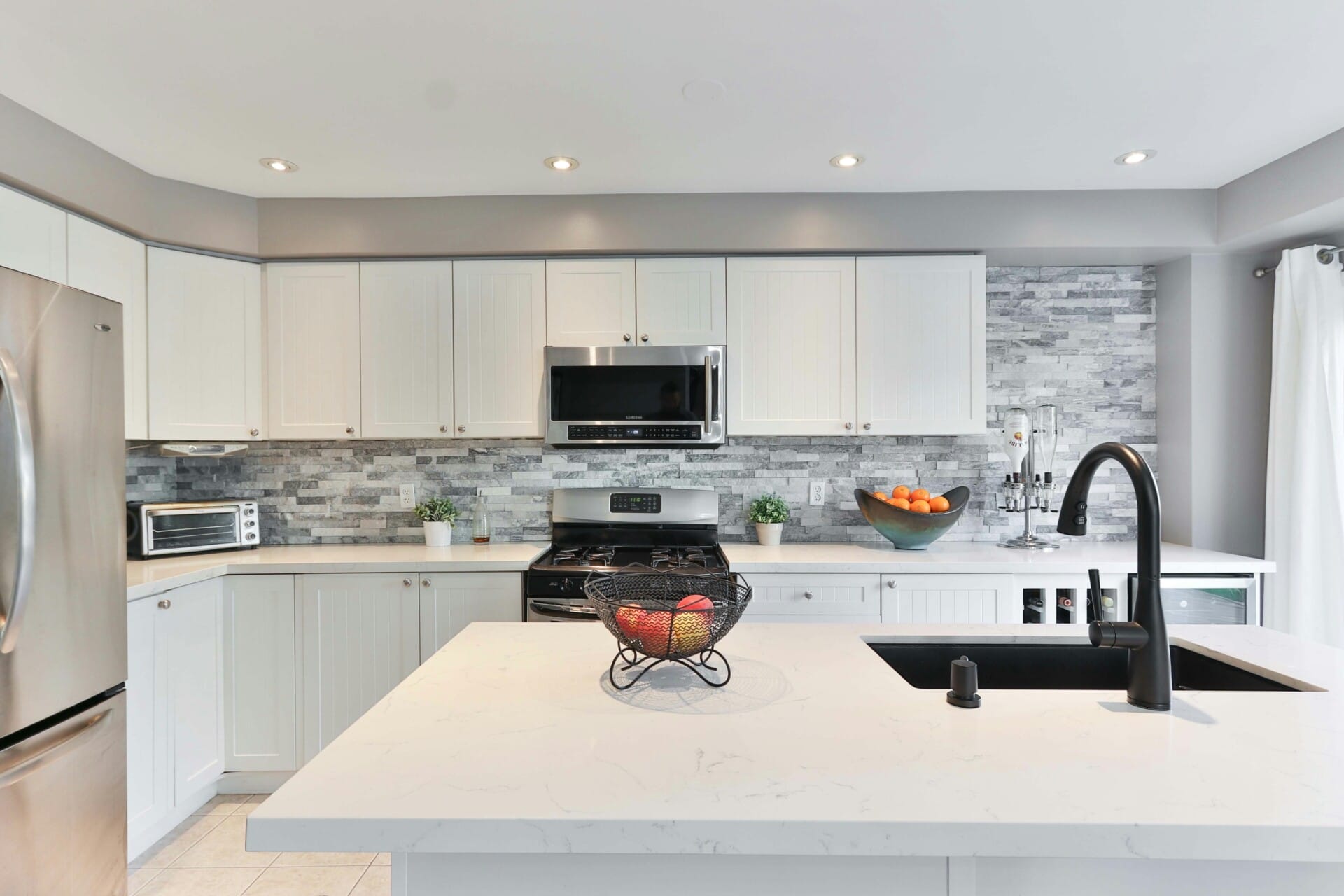
Real-Life Success Stories: Inspiring Change in Accessible Housing
To Wrap It Up
As we wrap up our journey through the essential principles of accessibility and universal design, it’s clear that making housing inclusive isn’t just a nice idea—it’s a necessity. In Malaysia, where diversity is our strength, creating homes that everyone can enjoy and navigate seamlessly is key to fostering a truly inclusive society.
From wider doorways to adaptable spaces, embracing universal design means we’re not just building houses; we’re building a community where everyone feels welcome and at home. Let’s challenge the status quo, advocate for better designs, and work hand in hand to make sure that no one is left behind. After all, accessibility should be a right for all, not a privilege for a few.
So, let’s take this knowledge forward, share it, and push for policies that reflect our commitment to inclusivity. Together, we can unlock the door to a brighter, more accessible future for every Malaysian. 🌏🔑♿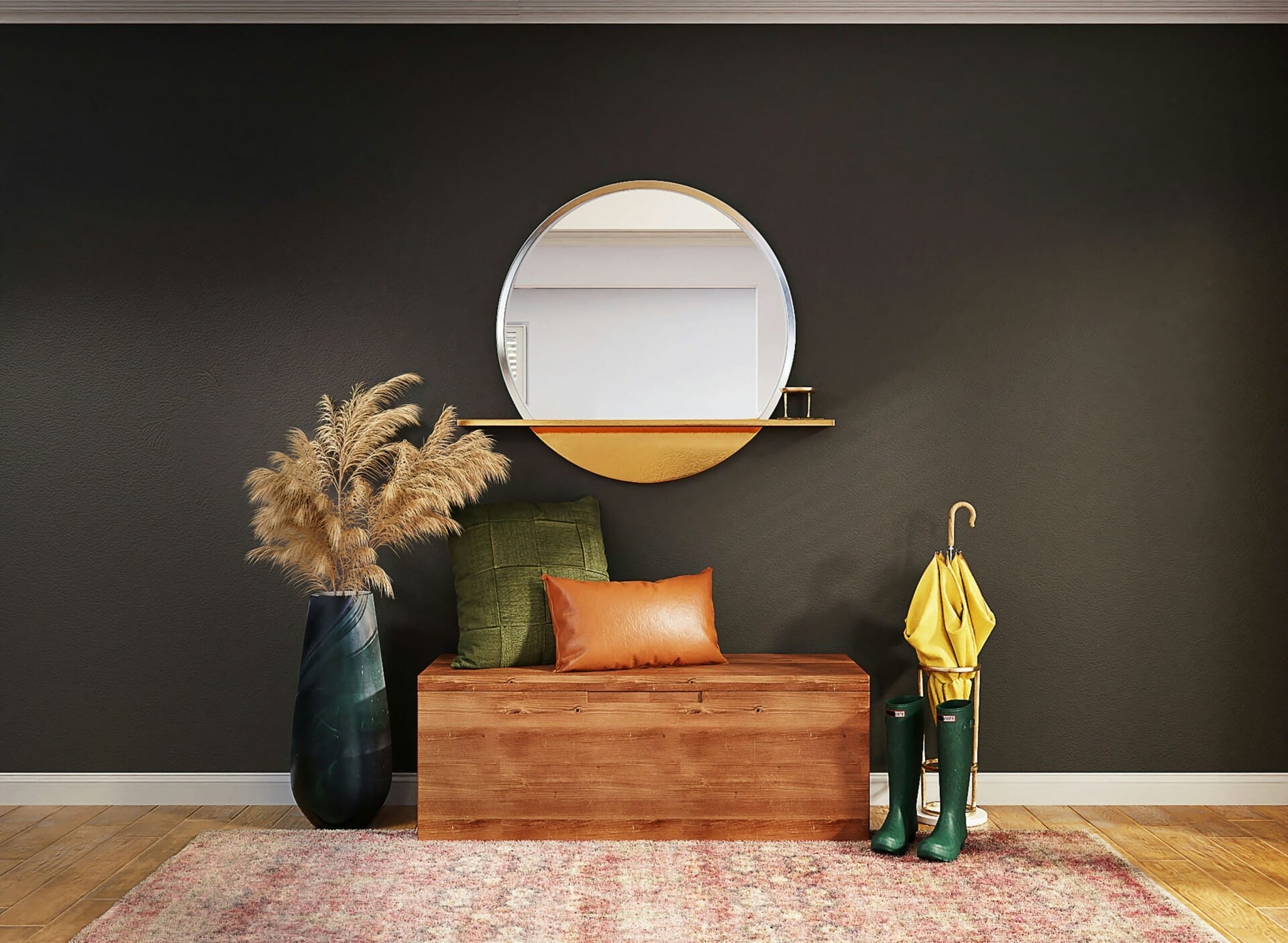
Source link
kontraktor rumah
bina rumah
pinjaman lppsa
pengeluaran kwsp
spesifikasi rumah
rumah batu-bata
pelan rumah
rekabentuk rumah
bina rumah atas tanah sendiri
kontraktor rumah selangor
rumah banglo
